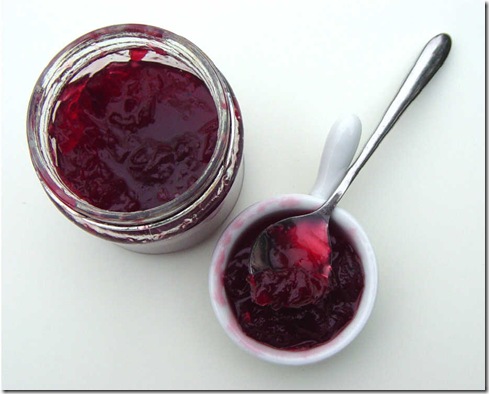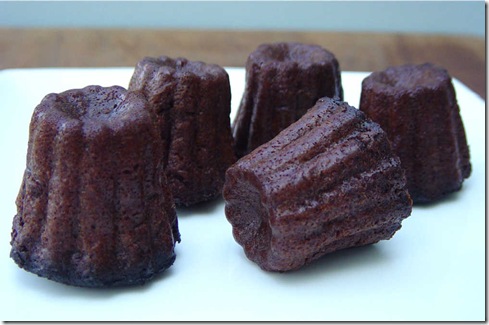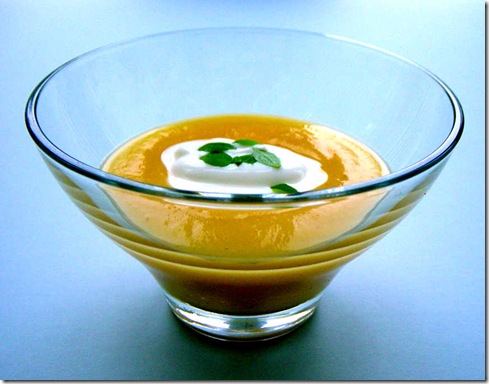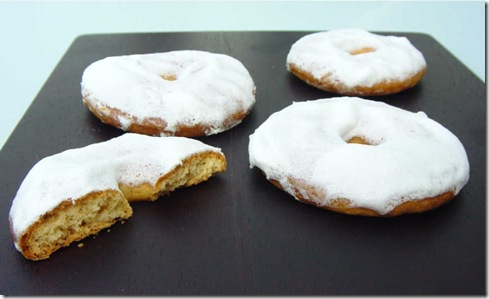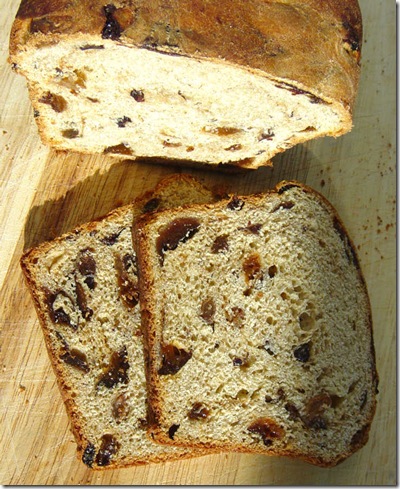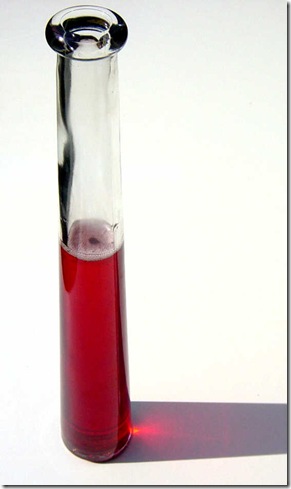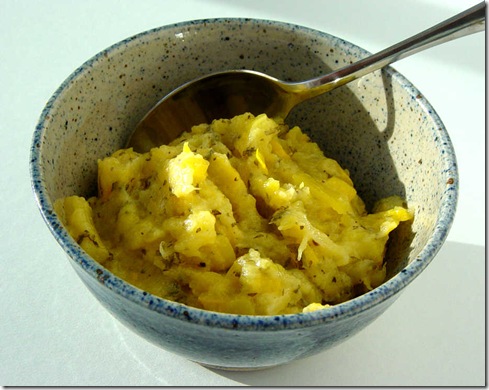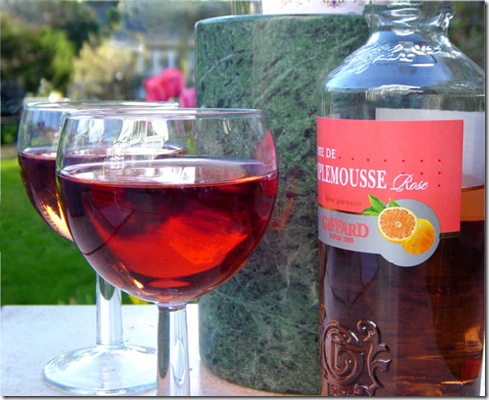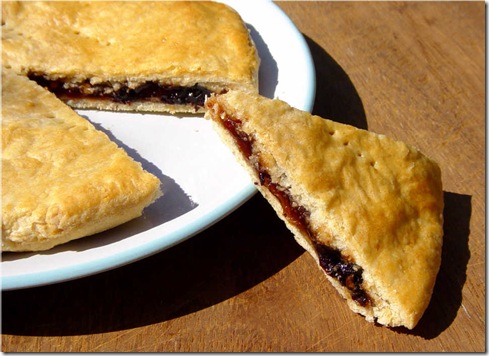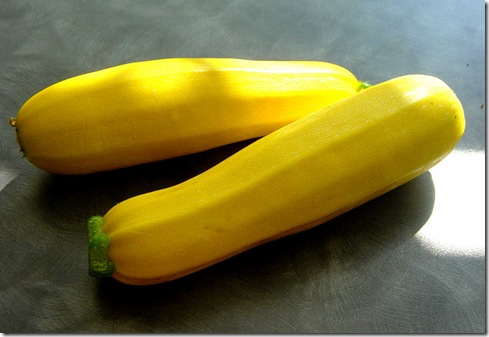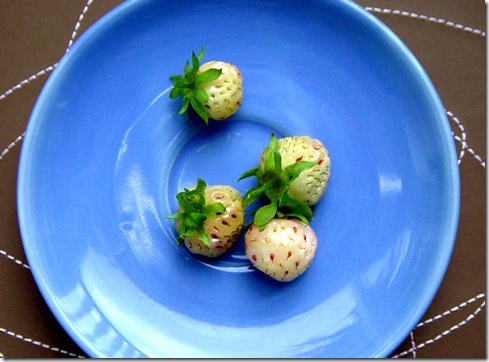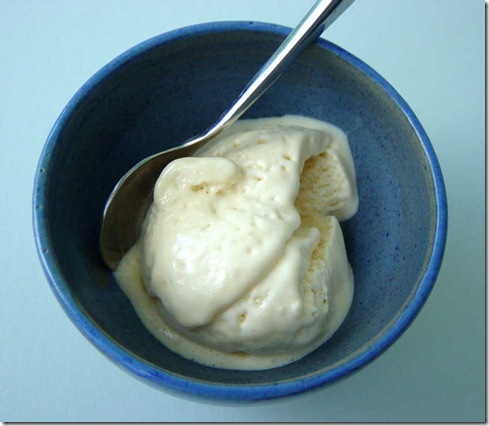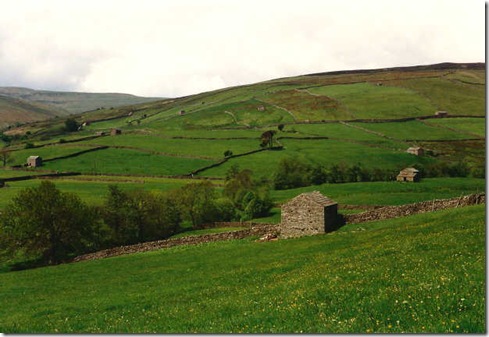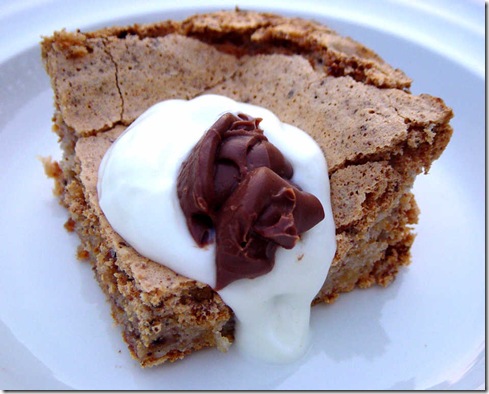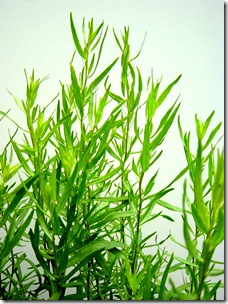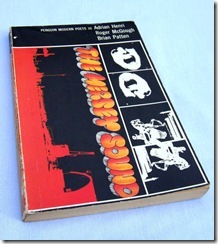Crunchie Tuiles and The Kitchen Music of 2012
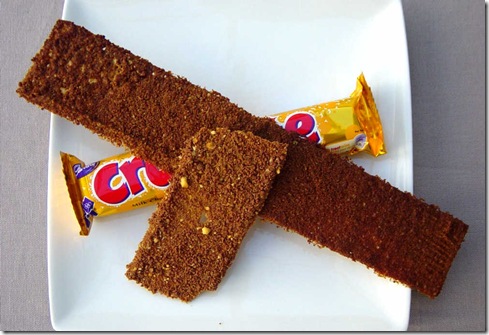
Last December I suggested making tuiles out of glacier mints . This year, in my seemingly endless and slightly pointless quest to make tuiles out of unlikely things, I've used Crunchie bars. (In case you've never heard of them, Crunchies are chocolate coated honeycomb bars). Honeycomb tuiles have turned up on the menus of many a fine restaurant but this is the downmarket version. It’s a quick and easy way to produce very tasty, very sweet tuiles that will make a simple dessert a bit more special. Make sure that your Crunchie bar or bars are cold, break them up a little and place in a food processor or blender. Blitz them until they're reduced largely to powder, although a few slightly bigger bits can add a nice contrast. Preheat the oven to 170°C. Avoid using a fan setting if you can because it might spray the powder around the oven. Line a baking tray with a silicone sheet or some very non-stick paper. Spread a layer of the smashed up Crunchie bar onto the silicone she
